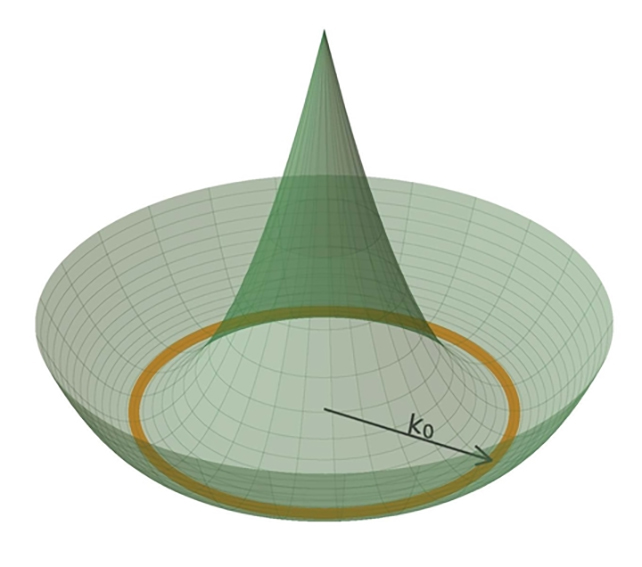Physicists Uncover an Unseen Quantum State of Matter Concealed within the Quantum Realm
You may be familiar with the everyday states of matter such as solids, liquids, and gases. However, under more extreme and exotic conditions, new states can emerge. Recently, scientists from the United States and China have made a significant discovery in this realm. They have identified a novel state called the chiral bose-liquid state. Every new arrangement of particles that we uncover provides us with insights into the fundamental fabric and mechanisms of the universe, especially at the incredibly small quantum scale.
States of matter describe how particles interact with each other, leading to distinct structures and behaviors. When atoms are fixed in position, we observe a solid. When they can flow freely, we have liquids or gases. When charged particles are separated, a plasma state arises.
In the quantum realm, particle interactions can exhibit even more peculiar behavior, often described in terms of possibilities and energy. The researchers stumbled upon this new state by studying a frustrated quantum system. Essentially, this system has inherent constraints that prevent particles from interacting in their usual manner, resulting in frustration. However, this frustration can lead to intriguing outcomes for scientists. To help illustrate the concept, the researchers used the analogy of a party game.
“It’s like a game of musical chairs designed to frustrate the electrons,” explains Tigran Sedrakyan, a theoretical condensed matter physicist from the University of Massachusetts Amherst.
“Instead of each electron having a single chair to occupy, they must now scramble and consider multiple possibilities for their seating arrangement.”
The experimental setup involved a semiconductor device with two layers: an upper layer abundant in electrons and a lower layer with numerous available holes for the electrons to naturally occupy. However, there was a twist—there weren’t enough holes for all the electrons present.

Although observing such a system remains challenging, the research team employed an ultra-strong magnetic field to measure the movement of electrons, ultimately providing the initial evidence for the existence of the novel chiral bose-liquid state.
“At the interface of the semiconductor bilayer, electrons and holes exhibit identical velocities,” explains Lingjie Du, a physicist from Nanjing University in China.
“This results in helical-like transportation, which can be further influenced by external magnetic fields as the electron and hole channels gradually separate under stronger fields.”
The newly discovered state possesses intriguing properties. For instance, at absolute zero temperature, electrons form a predictable pattern and possess a fixed spin direction, remaining impervious to interference from other particles or magnetic fields. This stability could prove beneficial in the development of quantum-level digital storage systems.
Furthermore, external particles affecting a single electron can impact all electrons within the system due to relatively long-range quantum entanglement. It is akin to striking a cue ball into a group of billiard balls, causing all the balls to move in the same direction as a response—an observation that carries potential significance.
While these concepts delve into advanced physics, each discovery of peculiarities and exceptional scenarios that exist beyond the realm of common particle interactions brings us closer to achieving a comprehensive understanding of our world.
“As we explore the fringes, we encounter quantum states of matter that are far more extraordinary than the three classical states we encounter in our daily experiences,” remarks Sedrakyan.
The research has been published in Nature.
Do not forget to share your opinion with us to provide you with the best posts !




0 Comments